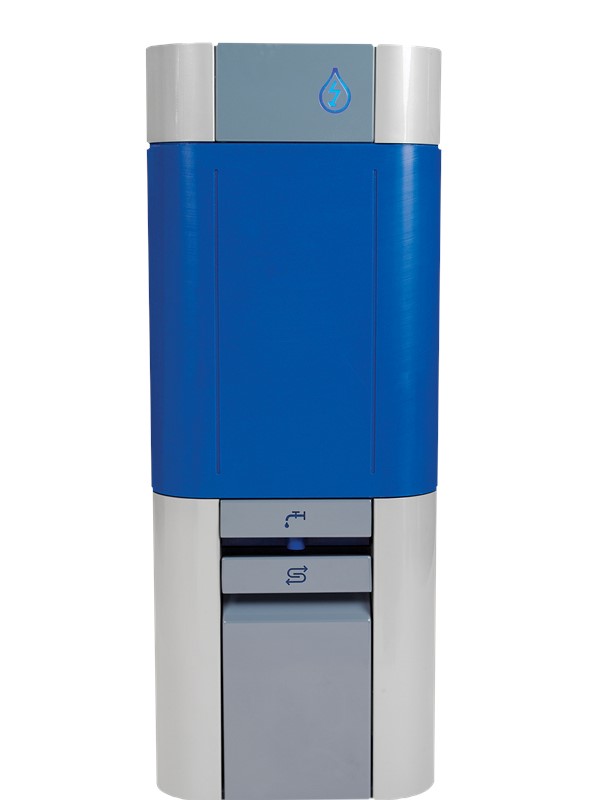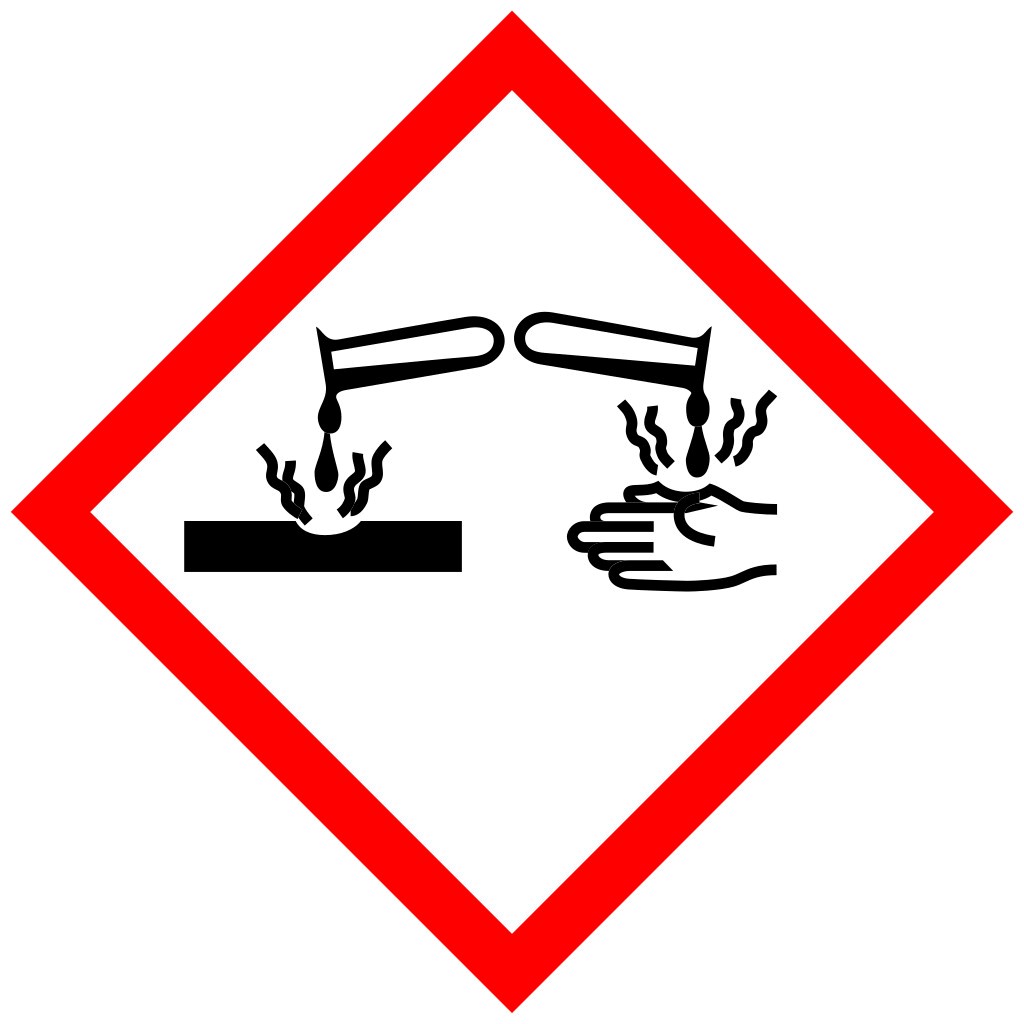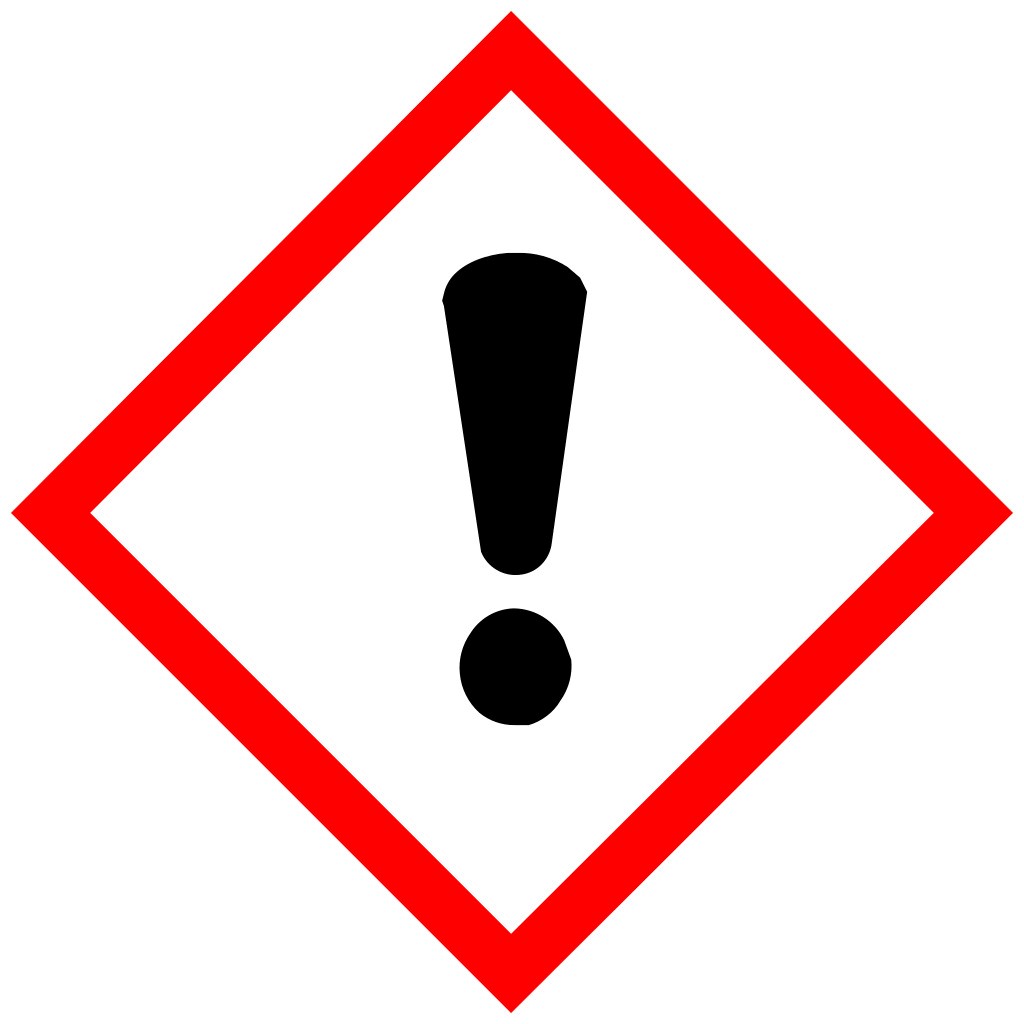This is the alternative for Hydrogen peroxide
Hydrogen peroxide is very reactive, but also unstable. Discover an alternative disinfectant which is more stable and at least just as effective! Read more below about how to handle disinfection better!
Hydrogen peroxide
Hydrogen peroxide (H2O2) is a colourless and odourless liquid which consists of hydrogen and oxygen atoms. It is an oxidising agent industrially produced by the alternate hydrogenation and oxidation with air of an alkyl anthraquinone. Hydrogen peroxide is generally used as an industrial disinfectant, chlorine free bleach in a wide variety of chemical processes, or even as a component for rocket fuel. Because of its aggressive nature it can be dangerous and should therefore be handled and stored carefully.
Hydrogen peroxide is available in many different concentrations, depending on the intended use. The following concentrations are the most common ones:
- 3%, the typical concentration for household products
- 6–10%, the concentration in some hair dyes and teeth whitening products
- 35%, the concentration of food-grade hydrogen peroxide — which, despite its name, a person should never consume
- up to 90%, the concentration in industrial products not intended for home use
While the 3% concentration is generally safe , exposure to higher concentrations can come with risks. However, even 3% variant should still be applied with caution as it can be toxic if a person ingests, inhales, or gets it in their skin or in their eyes.[1] According to the ATSDR, complications may include vomiting, gastrointestinal irritation, gastric distention, gastric embolism, respiratory paralysis, ocular irritation, pain, and burns with the chance of blistering.[2]

HOCl from Watter
Hypochlorous acid (HOCl) has gentle yet powerful disinfecting properties. Similarly, to H2O2 also HOCl is an oxidising agent which effectively eradicates a wide range of bacteria, viruses, fungi, and yeasts; while removing biofilm from surfaces. HOCl is produced using three simple ingredients: water, salt, and electricity. Through the process of electrolysis, HOCl is formed, resulting in a refined disinfection solution with HOCl as the active substance, that we at Watter refer to as WDS (Watter Disinfection Solution).
How does Watter Disinfection Solution work?
Thanks to our patented Watter Technology we can provide a system which produces HOCl on-site and on-demand. In short, our Watter System uses a salt solution which is electrolysed and thus produces WDS. Therefore, it can be applied in many sectors where disinfection and hygiene are essential. Currently, WDS is used by various industries to disinfect process water, by livestock farmers to disinfect drinking water of animals, or for biofilm control. The WDS is dosed into the water system via pump and reduces the chance of contamination or outbreaks of for example Salmonella, E.coli, Pseudomonas.
Why is WDS better than Hydrogen peroxide?
Firstly, HOCl is safer and milder than Hydrogen peroxide, this is why you can use HOCl without regulation and hydrogen peroxide can cause serious health issues. Aside from that HOCl is effective against a large amount of bacteria, viruses and fungi including resistant strains. It is also effective in removing biofilm and preventing recontamination. Hydrogen peroxide on the other hand is less effective against some micro-organisms and can harm the taste and texture of food. Finally, HOCl production is more sustainable by eliminating transport and packaging materials. All advantages of HOCl over Hydrogen peroxide are in the table below.
|
Hypochlorous acid |
Hydrogen peroxide |
|
|
Scientific Formula |
HOCl |
H2O2 |
|
Production |
Electrolysis of water and salt |
Electrolysis of a automatic redoxreaction of water |
|
Color |
Transparent |
Transparent |
|
Efficacy |
Effective against:
|
Effective against:
|
|
Side effects |
Hypoallergenic and mild on skin |
|
|
Warning Symbols |
N/A |
  |
Convinced?
If you would like further information about our system? Do not hesitate and contact us.
References
- Hydrogen peroxide: Definition, uses, and risks. (2021, July 21). Www.medicalnewstoday.com. https://www.medicalnewstoday.com/articles/hydrogen-peroxide#summary
- Hydrogen Peroxide | ToxFAQsTM | ATSDR. (n.d.). Wwwn.cdc.gov. https://wwwn.cdc.gov/TSP/ToxFAQs/ToxFAQsDetails.aspx?faqid=305&toxid=55#information



